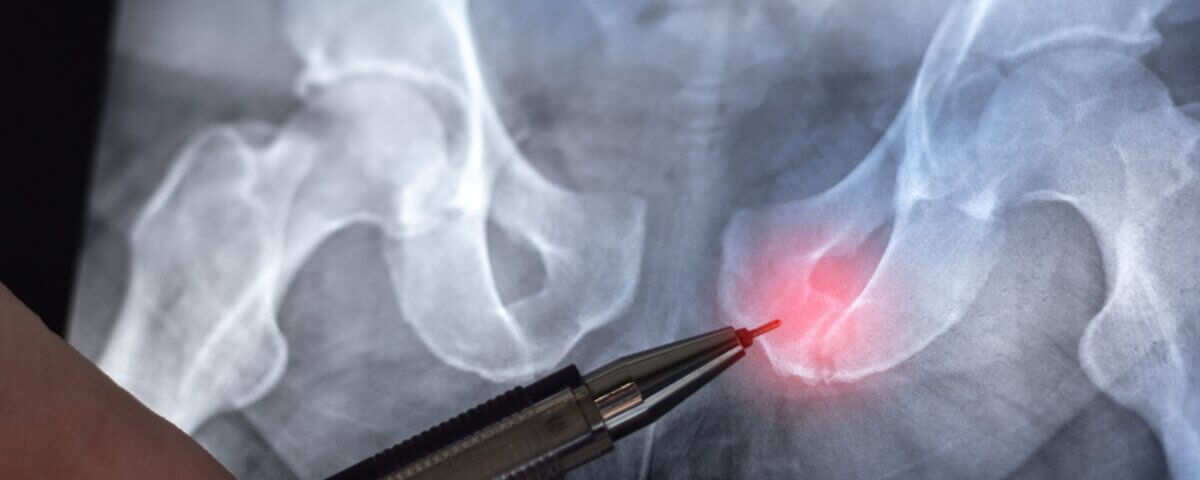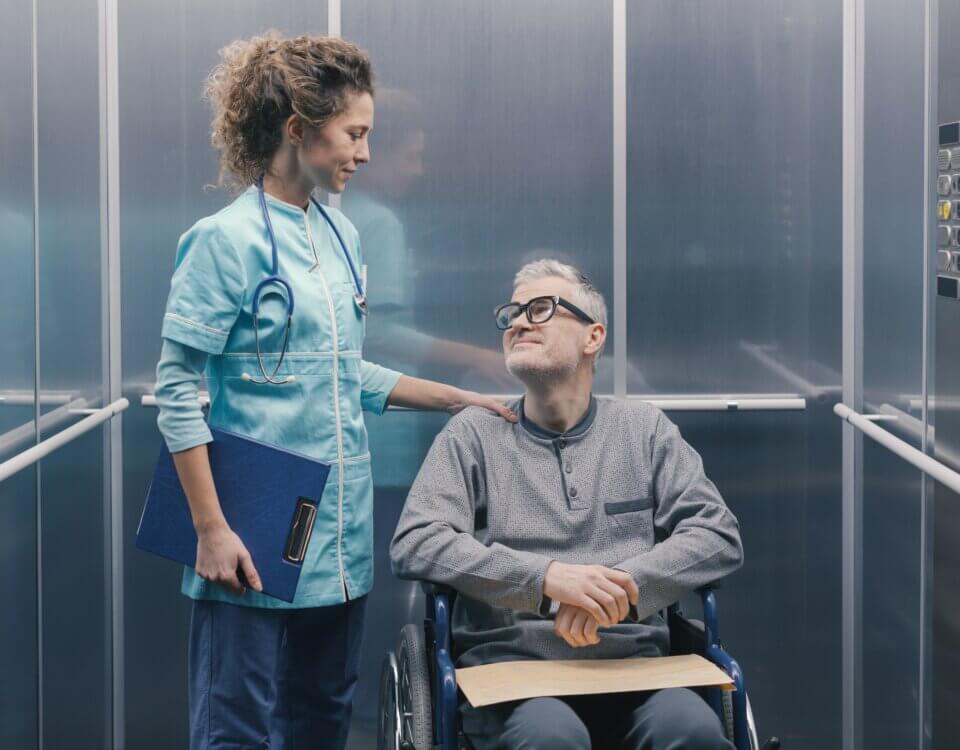After a car accident attention often focuses on visible injuries like broken bones or brain trauma but one of the more overlooked results is pelvic pain which may develop days, weeks or even later. Pain in the pelvic region may show itself as discomfort in the lower back, hips, groin, or tailbone and often gets misdiagnosed which leads many victims to suffer for a long time without proper treatment.
The pelvis plays a central role in the body. Large muscles including those in the thighs, hips, abdomen, and lower back all connect to the pelvic structure. Any injury that jolts or damages these muscles or joints can cause alignment issues or dysfunction that has effects throughout the region.
Pelvic injuries often cause pain referred to areas like the low back, groin, hips, and tailbone. Even when the source of the pain is in the pelvic floor tissues the body may interpret the pain as coming from nearby areas. This confusion can lead to treatments or surgeries that focus on the wrong region without resolving the underlying issue.
When pelvic muscles are strained knotted or injured by the crash they may lose function or become painful. Beyond pain victims may notice other symptoms including incontinence, constipation, the need to urinate frequently or suddenly, or pain during intercourse.
Physical therapy focused on the pelvic floor is a specialized treatment path that addresses these complex symptoms. Though there are relatively few certified specialists in this field, therapy aimed specifically at the pelvic floor can bring relief that more general treatments might miss.
If you experience pelvic pain after a car accident it is important to have thorough medical evaluation including specialist assessment when needed. Keeping records of your symptoms, medical visits, and any related impairment can help with recovery and later if you need to pursue legal claims. An attorney experienced in personal injury can help you understand your rights and options including seeking compensation for medical expenses, pain and suffering, and loss of quality of life.
Note: These blog posts are created solely for the use of Hillstone Law. The information is gathered from internet research, publicly available sources, and artificial intelligence (AI) tools such as ChatGPT. While we aim to share helpful and educational content, Hillstone Law does not independently verify every detail. Some information may be incomplete, outdated, or subject to change without notice. If you believe any part of a post is inaccurate, misleading, or infringes upon copyright, please contact Hillstone Law immediately so we can review it and take appropriate action, including correction or removal.
Disclaimer: The material provided in these blogs is for general informational purposes only and should not be considered legal advice. Reading these posts does not create, and is not intended to create, an attorney-client relationship with Hillstone Law. Our intent is to share knowledge, raise awareness, and provide helpful resources to the public; however, Hillstone Law makes no warranties or guarantees about the accuracy, completeness, or reliability of the information provided, and expressly disclaims liability for any actions taken in reliance on it. The photos used in these posts are for illustrative purposes only and do not depict actual clients, individuals, or incidents unless expressly stated. If you or a loved one has been injured in an accident, please contact Hillstone Law at (855) 691-1691. Our attorneys are available to answer your legal questions and help you understand your rights.







